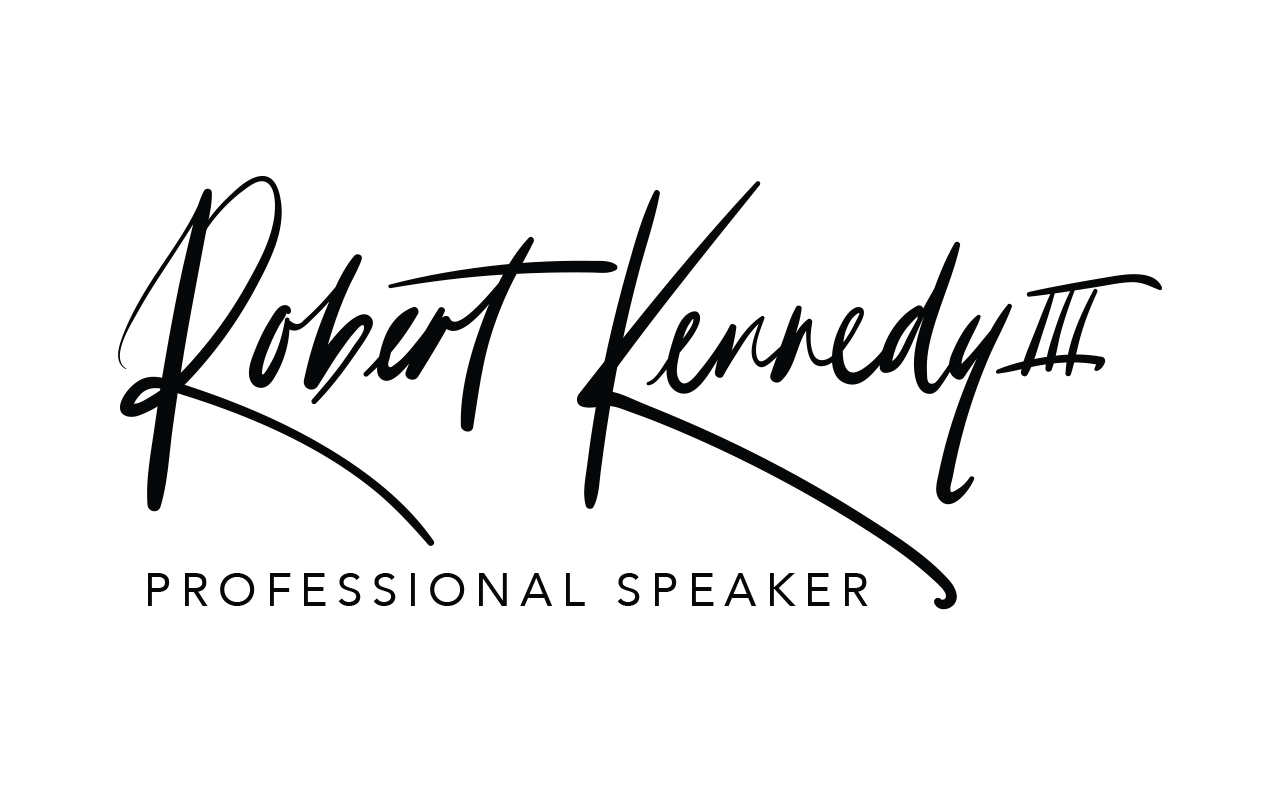 I was working with a client recently on her speaking. She mentioned how whenever she presented, she became a bit flustered because she wasn’t comfortable with how she should begin and was always conscious of what people were thinking as she spoke.
I was working with a client recently on her speaking. She mentioned how whenever she presented, she became a bit flustered because she wasn’t comfortable with how she should begin and was always conscious of what people were thinking as she spoke.
Her nerves always seemed to get the best of her. And while it was necessary for her to present regularly in her position, she couldn’t seem to get to a point where she felt like her message was getting across. She felt all over the place.
I asked her to speak on a couple of impromptu topics and came away with a different impression. She didn’t seem as soft spoken as she had claimed and her visual expression projected more confidence than she felt. But, there was definitely something missing in the structure of her talk. It was missing a direct path to her point. So, she often came off like she was rambling or making something up on the spot.
She also expressed her challenge of not always having enough time to put a talk together. She needed a quicker way to connect, make an impact and make a point.
That’s when I shared with her my E.A.S.E. framework. Here are the steps:
Energy: What emotion do you want to bring? What energy do you want reflected from your audience? You need to bring that yourself. A speaker friend, Delatorro McNeal, shares that you should “demand that your audience reaches the level of energy you bring.”
So, if you want them to be passionate and excited, then that’s what you need to bring. If you want them to be thoughtful, yet engaged, then that is the presence you should also bring.
What does the topic require and what experience do you want the audience to have? Then bring that energy.
Ask: It’s critical to connect with your audience as EARLY in your presentation as possible. One of the easiest ways to do that is to ask them a question. But make sure it’s a question about something which concerns them or something they care about.
“How many of you are happy to be here?”
That’s a weak opening question. Ask a question which causes them to dig into their bank of experiences.
“What was it like the first time you sat behind the wheel of a car? How did you feel? Nervous? Excited? Freaked out?”
Ask a question they might not expect but one that prepares them for what’s coming?
You don’t necessarily have to START with the question. You might make a few statements and then ask a question.
For example:
“My eyes opened wide. The seat felt hard underneath me. The dashboard was a confusing mess of gauges and dials. And my dad was in the seat next to me with a concerned look on his face.
Do you remember your first driving experience?”
Story: You’ve connected with a question. Now, you need to help your audience create a mental picture. You need to draw them into your movie. You need to help them create an experience. Do you have a personal story that can accomplish this? If so, great. If you don’t have one in which you are personally involved, still make it personal by saying,
“I was reading an article the other and I came across a story about…”
or
“I sat with my grandfather last week and he shared with me the story of…”
Your audience wants to hear from you, your expertise and how you experience life. They are watching you to learn how they can possibly handle situations they are experiencing or will possibly experience.
Explain: Whats the point? Why did you tell us this and how can we apply it? What action should we take?
Everything you’ve done up to this point has helped create a picture and an experience. But, it’s time to put a bow on this gift. Talk about what’s broken and how your story gives a solution. Take a look at where people are currently and then share how they can use the example you’ve given to gain deeper perspective, increase hope, or create an action plan.
Using this framework allows you to quickly create a talk which makes sense and makes a point. Once we introduced this framework into our coaching session, my client was able to pull 2 speeches, seemingly out of thin air, in less than 5 minutes.
Not only was she able to create a speech quickly, but she became more confident in her delivery because she had a roadmap. She knew where she was going and she was able to predict the experience her audience was going to have as well as their response. She was able to do this because she knew the stage she was going to set.
Confidence comes where clarity sits!
Subscribe below to grab my guide for 28 Ways To Grab Speaking Gigs Now!


